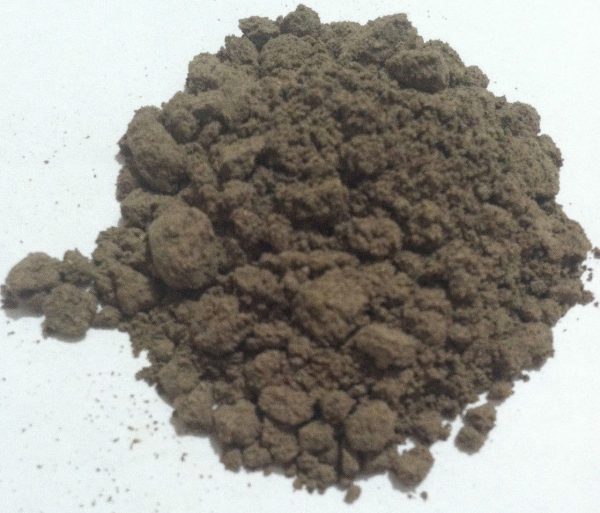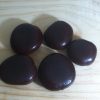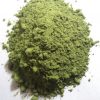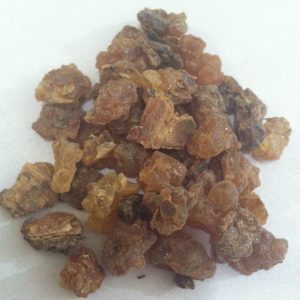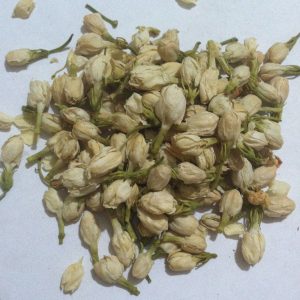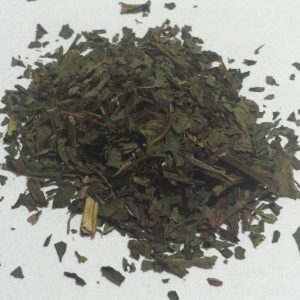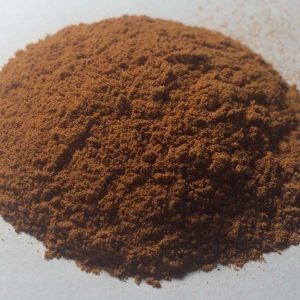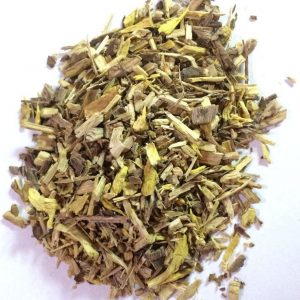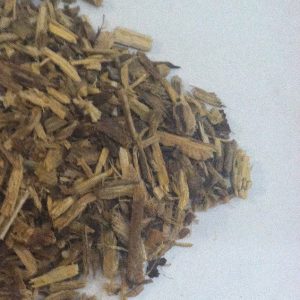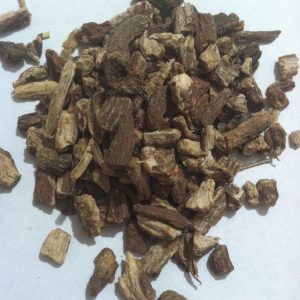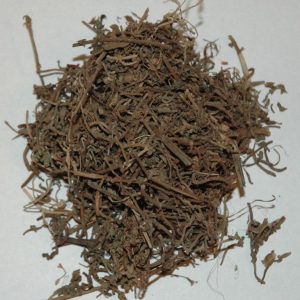Description
Also known as Morinda citrofolia, Indian Mulberry, Mengkudu, Nono, Nhau, Ashyuka.
Introduction Although there is some contradictory opinion, the noni fruit probably originated in SE Asia, and was then introduced through migration to India and Polynesia, where it thrives today. It has been used medicinally for over 2000 years for a wide variety of ailments. The first western documentation was in the late 18th century by Captain Cook who observed it being eaten by the locals. Different groups of islands have different, unique uses for the fruit. The tree bark is used as a red dye, and the root is used as a yellow dye for clothing. Parts Used Traditional Polynesian healers documented well over 40 medicinal uses for the entire tree, including many combinations of different parts. The powdered form is usually the most prevalent form used nowadays.
Typical Preparations The powder encapsulated, or locally in Polynesia as a fresh juice. Summary Noni was mentioned in Ayurvedic texts well over 1000 years ago as Ashyuka, which means longevity, and was used as a balancing agent. The fruit itself is quite odoriferous, which makes the powdered form a more palatable way in which to take noni. Unlike other fruits, the noni has no “season”, so it can be harvested every month from the same tree. The juice is traditionally made by placing the fruit in a jar with water until the fruit starts to decompose, at which point more water is added. The beverage is taken a little bit at a time, usually before meals.
For educational purposes only This information has not been evaluated by the Food and Drug Administration. This information is not intended to diagnose, treat, cure, or prevent any disease.



